Blossom Smart Watering Controller Review
by Ganesh T S on August 28, 2015 8:10 AM EST
Introduction and Component Analysis
Home automation has garnered renewed attention, thanks to the Internet of Things (IoT) revolution. Many vendors targeting this market look to deliver solutions for aspects appealing to a broader audience. Some examples include lighting, temperature control, security using IP cameras etc. Irrigation control is a niche within the home automation niche. At first glance, it appears to be a limited market, as only those with gardens big enough to require scheduled / automated watering of multiple zones might need it. Surprisingly, there are many options for people looking to gain IP control over their irrigation / watering system's functioning. iConservo's Blossom is one such option. It is one of the very few crowd-funding projects that actually managed to ship on schedule.
An irrigation system in the typical US home takes water from the main line through a backflow prevention device and supplies it to one or more sprinkler valves. These sprinkler valves can be controlled using low voltage (typically 24V) electrical current from an irrigation controller. Traditional irrigation controllers (i.e, those designed prior to the smartphone age) rely on a complex interface to set up the schedule. For example, the 'programming interface' for the Hunter Pro-C (which was replaced by the Blossom Smart Watering Controller in our review setup) is shown below. Operation without going through a manual at least once is quite difficult.
The Hunter Pro-C that was replaced by the Blossom Smart Watering Controller
The sets of sprinkler(s) connected to the valve(s) that can be turned on with the same signal constitute an irrigation zone. The irrigation controller is the brains behind the whole irrigation system, as it handles the scheduling related to the activation and deactivation of each zone. Controllers are marketed based on the number of zones they can support. While the sprinklers and valves may be spread all over the garden, consumers usually opt to keep the controller in the garage (since it needs to be near a power outlet)
The technical specifications of the Blossom Smart Watering Controller, as provided in their marketing collateral, is reproduced below.
There are a number of popular irrigation controllers in the market. Blossom tries to differentiate itself with a unique set of features that don't seem to be present together in any other offering. These include:
- IP54 rating for outdoor installation (high level of protection against particles and a fair amount of protection against water)
- Communication via either Wi-Fi or powerline (useful in the case that the unit is mounted out of reach of a stable and strong Wi-Fi signal)
- Automated weather intelligence via the cloud (for example, scheduled watering could be turned off in the case of rainfall)
Blossom's marketing collateral also provides a handy comparison table that has been reproduced (with slight modifications) below.
Blossom claims to have a web app (marked 'Coming Soon') in their version of the above table. I have taken the liberty to alter it as control via a web browser is not currently available.
Designing a network-connected irrigation controller to operate on a schedule is not rocket science (from a hardware viewpoint). Consumers familiar with microcontrollers and relays may find a DIY solution to be more exciting. Based on FCC filings and a press release, we determined that the Blossom uses the following hardware:
- AzureWave AW-CU282 Wi-Fi SoC module
- Qualcomm Atheros QCA7000 HomePlug powerline communication IC
The AzureWave Aw-CU282 Wi-Fi SoC solution targeting the IoT market consists of the Marvell 88MC200 microcontroller and a Marvell 88W8792 1x1:1 802.11abgn Wi-Fi chip. The microcontroller integrates a 200 MHz Cortex-M3 core and 1MB of flash memory. It also supports up to 63 GPIOs (general-purpose IOs), and this comes in handy when attempting to interface with the electrical relays on the board.
The Qualcomm Atheros QCA7000 is compliant with HomePlug Green PHY specifications and comes with an integrated AFE (analog front end), making it suitable for energy management / home automation purposes. Transfer rates are of the order of 4 - 10 Mbps, but, Blossom doesn't need much bandwidth (only the schedules need to be set).
The low power nature of all the components in the unit ensures that this always-on device is a green one.



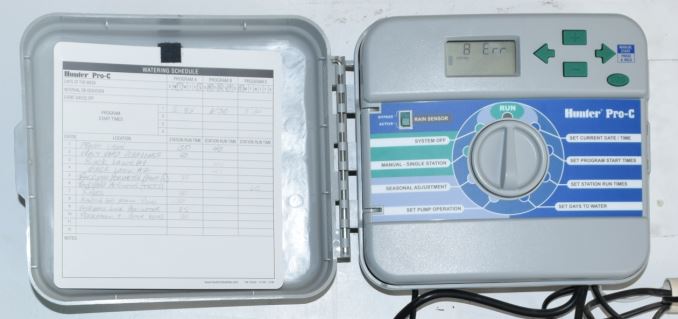
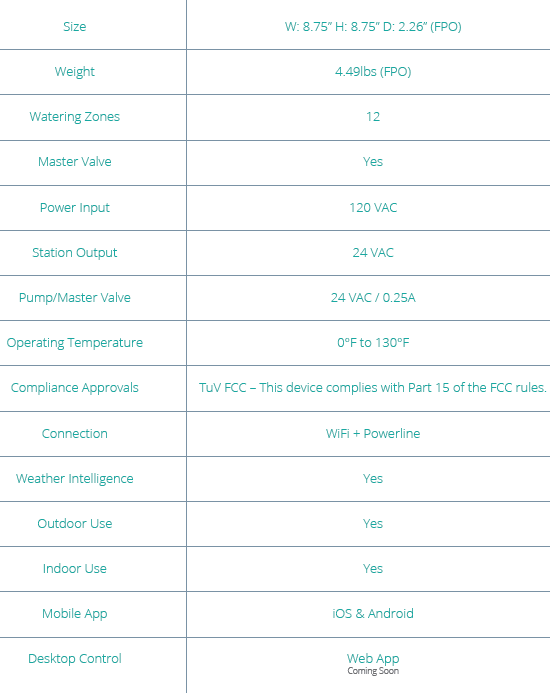
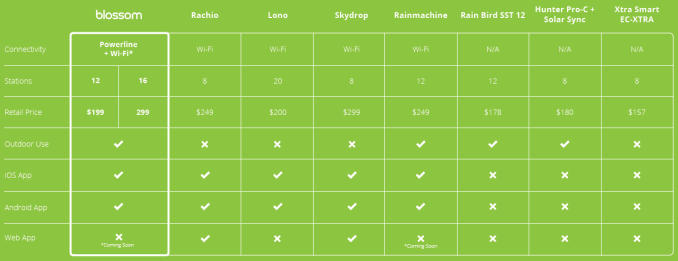
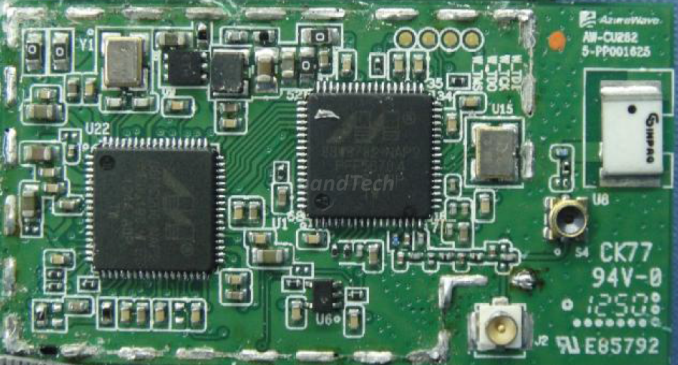

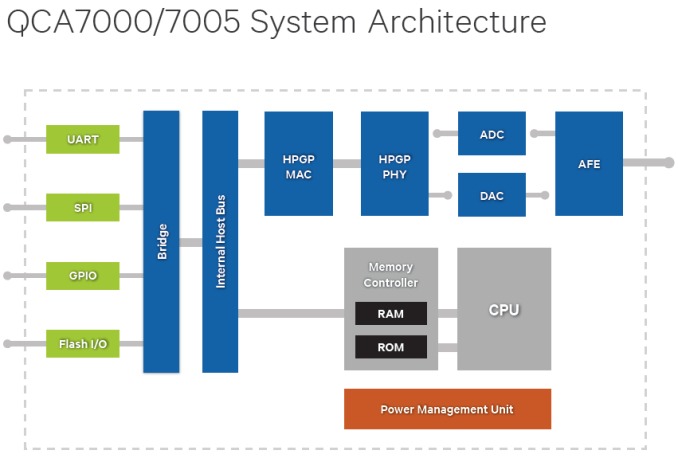








47 Comments
View All Comments
ddriver - Friday, August 28, 2015 - link
Money for nothing... That product has a profit margin that will make apple jealous.Amandtec - Friday, August 28, 2015 - link
Well, profit margin should include the design cost - not just the parts costs - otherwise you are not in business.ddriver - Friday, August 28, 2015 - link
There is nothing about this product a newbie cannot design in a few hours. You can get a ESP8266 derivative and a bunch of relays for 10 bucks, and it will take about an hour to design and implement the circuit and program the MC.Oh well, there is the case too, I have no doubt that was an engineering challenge on its own.
ganeshts - Friday, August 28, 2015 - link
Time, effort, convenience, IP 54 rating?, powerline communicator? (AFAIK, it is not trivial to integrate PLC into a DIY system.. Wi-Fi, yes, very easy with pre-existing modules, but not PLC).I mentioned in the review that DIY approach is also there with a link to instructables.
Have to give credit where it is due :) Also, pricing is decided by market demand - Blossom's competitors are also in the same range - so, I think they are justified in pricing at 199 - customary 20% off that seems to be available all the time.
ddriver - Friday, August 28, 2015 - link
They use a ready solution for PLC, so it is just as easy as the wifi. Also, pretty much needless.Pricing is dictated by the level of chump-ness. In a world where many people buy completely useless garbage, such as "solar charger apps" or "lose weight hypnosis apps" or an app, whose sole purpose is proving you paid good money for nothing... You can buy a golden computer mouse with some diamonds for 20k, is that price dictated by market demand?
I would never recommend the purchase of any product, that easy and cheap enough to DIY. There are two ways to go, buy it and be a chump, or DIY - it will cost a tiny fraction, will give you full control over the device, and doing that will make you a tad smarter. It is a win-win-win situation. But nah, let's be model consumers and buy shamelessly overpriced stuff, just because ;)
close - Friday, August 28, 2015 - link
So basically what you're saying is that you're a chump for not being able to build 75% of things you may need in your lifetime. Because yes, you can build your own furniture for a fraction of the cost of store bought furniture. You can also do almost any home repair without an electrician, plumber, painters, maybe even some building jobs (how hard is it to lay some bricks and some plywood?). And the list can continue.You can even make your own spoons and forks from leftover piping you may have lying around after your plumbing job is done, because only chumps buy them. And this concludes your 48 hour day.
So after you do all these by yourself come back and tell us what's a chump. I know you think you're l'ombelico del mondo (don't be a chump, translate it by yourself) because you may be technically inclined to build a watering controller but you're still a chump for anything else that you're not so good at. And that's not to say that you could actually build this anyway.
maniac5999 - Tuesday, September 1, 2015 - link
It's been almost 10 years since I did lawnsprinklers (It put me thru college) but the rule of thumb was around $100 installed per head, and normally 4-8 heads per zone on city water. Even with a small install of 5 zones and 6 heads per zone is looking at $3k. How much difference is $200 on that cost if it makes the whole thing 10X easier to interface with?ganeshts - Friday, August 28, 2015 - link
Can you link me to this 'ready solution for PLC'? I would love to see the PLC connectivity option for DIY consumers.ganeshts - Friday, August 28, 2015 - link
oh, and btw, PLC is definitely not 'pretty much needless' - there are plenty of situations where Wi-Fi reach is just not there. It all depends on the customer's installation settingV900 - Friday, August 28, 2015 - link
Or maybe we could learn to water a garden ourselves, and leave technology to do the hard things instead?Computers and technology were supposed to make our lives easier and more meaningful. Having a gadget water your garden for you, so you have an extra five minutes to spend on YouTube isn't easier and more meaningful, it's just lazy and senseless.
If you're trying to squeeze a gadget and software into every task imaginable, no matter if it makes sense or not, you're doing it wrong.